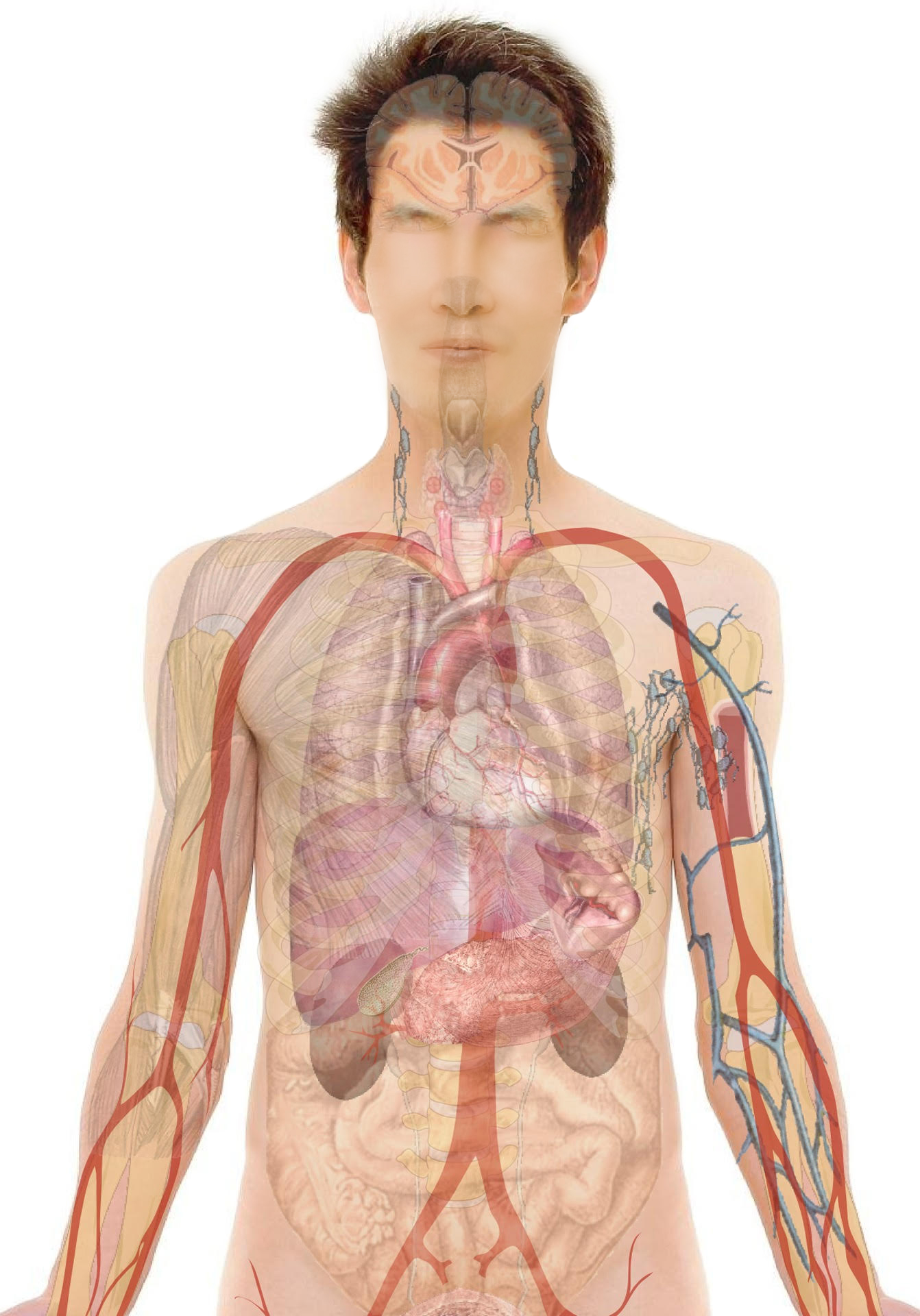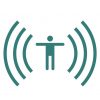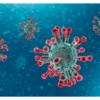Definition and Causes:
Bell’s palsy is due to injury or dysfunction to the “facial nerve” that is responsible for the control of facial muscles. There is one facial nerve on each side of the face, and typically only one nerve is affected during “an attack”. Hence, patients usually experience unilateral (one-sided), facial weakness, or paralysis; which begins quickly and worsens over hours to 1-2 days. It is a common form of facial paralysis, which can occur at any age.
Causes/Triggers:
The precise cause of Bell’s palsy is not clearly known, although a viral process is often suspected; probably due to the herpes virus that causes cold sores. In a small number of patients, herpetic vesicles may be visualized surrounding the ear in the vicinity of the facial nerve. Such observations provide some support for a viral cause of Bell’s palsy.
Note: Bell’s palsy is not the result of a stroke or a transient ischemic attack (TIA); although the latter can cause facial paralysis, there is no link between Bell’s palsy and either of these conditions.
Sudden weakness or paralysis (including facial paralysis) should be checked by a doctor right away to rule out these more serious causes.
Symptoms:
The primary symptom is weakness and paralysis on one side of the face. This makes a usual facial movement such as furrowing of the forehead, lifting eyebrows, blinking, smiling, and chewing difficult.
Patients may also report increased hearing sensitivity (hyperacusis) on the affected side, as well as decreased taste.
Investigations and Treatment:
History:
Doctors may inquire about recent fevers, infections, trauma, and the development of the symptoms (sudden or gradual).
Physical examination might include:
Neurological examination, with special attention to the head and neck, throat, and ear.
Labs:
Often not necessary in typical cases, however, some doctors may request blood tests to exclude infections, diabetes, Lyme disease, and other some types of inflammation.
Imaging might include:
Facial x-ray:
To rule out any facial bone fractures (if there is a concern over trauma).
CT and MRI scan of the brain:
Often not necessary in typical cases, however, some doctors may request these as a precautionary measure or if there is an unusual or atypical presentation or if recurrent symptoms.
Computed tomography (CT) Scan:
This device uses x-rays. Patients will lie on a table with the head placed inside of the scanner (resembles a large donut). Computer analysis of x-ray images produces detailed images of the brain. The scanning time is usually very rapid (less than 1 minute). In special circumstances, a dye might be injected into the veins just before the scan (CT with contrast). This can sometimes help to identify areas of infection (abscesses), inflammation, tumors etc.
Magnetic resonance imaging (MRI):
This does not use x-rays. Instead, MRI uses magnetic fields over the body. The device looks like a long cylindrical tube. Patients will lie on a table that slides into the hollow tube. Computer analysis of magnetic fields within the machine can generate images of the internal structures of the body’s organs, including the brain. MRI of the brain will show the normal structures, plus any area(s) of brain injury caused by the inflammation, tumors, stroke, etc. Patients must lie still inside an MRI machine for about 30-60 min. In some circumstances, a dye might be injected into the veins (enhanced MRI) just before the scan to help improve the detection of abnormalities. Patients who complain of claustrophobia or discomfort may be given a mild sedative to help relax prior to MRI scanning.
TREATMENT:
The goal is to improve facial nerve function and reduce inflammation.
Although the treatment of facial palsy is still controversial, the use of steroid (prednisone) to help reduce inflammation of the facial nerve is suggested and should be started with 3 days of symptoms onset. Oral antiviral medications are sometimes used, particularly if vesicles are present around the ear.
Acupuncture, physical therapy including facial exercises and neuromuscular retraining has not been unequivocally proven to assist but is considered by some.
Approximately 80% of patients are likely to recover on their own, without any residual deficit. A small ~ 5% may not recover.
Medication:
Agents that may be prescribed:

Risk Factors and Prevention:
No known risk factors, however some other causes of facial nerve injury causing unilateral weakness includes:
- Infections
- HIV infections
- Lyme disease
- Middle ear infections
- Inflammation
- Multiple sclerosis
- Sarcoidosis
- Trauma
Outcome:
Most cases Bell’s palsy resolve completely within a few weeks to 3-4 months; ~80% of cases undergo complete spontaneous recovery. The remainder may have an incomplete recovery, usually with varying degrees of residual facial weakness.
Some patients may develop long term abnormal facial movements on the affected side. These are called “Synkinesis”. Examples would be
- Blinking causing twitching movements of the cheek or jaw
- Chewing causes excessive tearing








